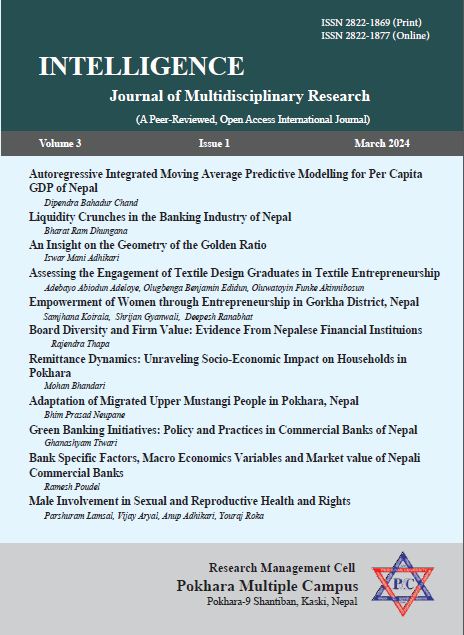Adaptation of Migrated Upper Mustangi People in Pokhara, Nepal
DOI:
https://doi.org/10.3126/ijmr.v3i1.65478Keywords:
Climate change, Cultural adaptation, Hawker, Vulnerability, MigrationAbstract
The adaptation process of migrant people from the Upper Mustang to Pokhara found a social issue. The trend of permanent and seasonal shifting was prominently observed in this study. The individual and community-level adaptation process of the in-migrants in Pokhara, and multi-ethnic societal adjustment were considerable. This research concentrated on specific ethnics of the Himalaya region of Mustang district who migrated to Pokhara and adapted in hilly ecology. The study was trying to seek the pattern of migration from the Upper Mustang their circumstance and their adaptation in Pokhara. The study area of this research was covered the migrant population in Pokhara from Lomanthang and Lo Ghekar Damodar Kunda Rural Municipalities of Upper Mustang. This study was based on a qualitative research design with interpretative research paradigm. Six informants residing in Pokhara seasonally or permanently both rural municipalities were selected representatively. For the qualitative information in-depth interview was taken with the help of a semi-structured questionnaire. Due to the climatic vulnerability, people from Upper Mustang were shifting in Pokhara permanently or seasonally for survival. The extreme cold, occasional summer rainfall, soil erosion and glacier outburst are major threats of the life security of migrants. Whereas, the common destination of migrants found Pokhara becaue favorable climate, life survival opportunities and historical legacy of socio-economic connection.




